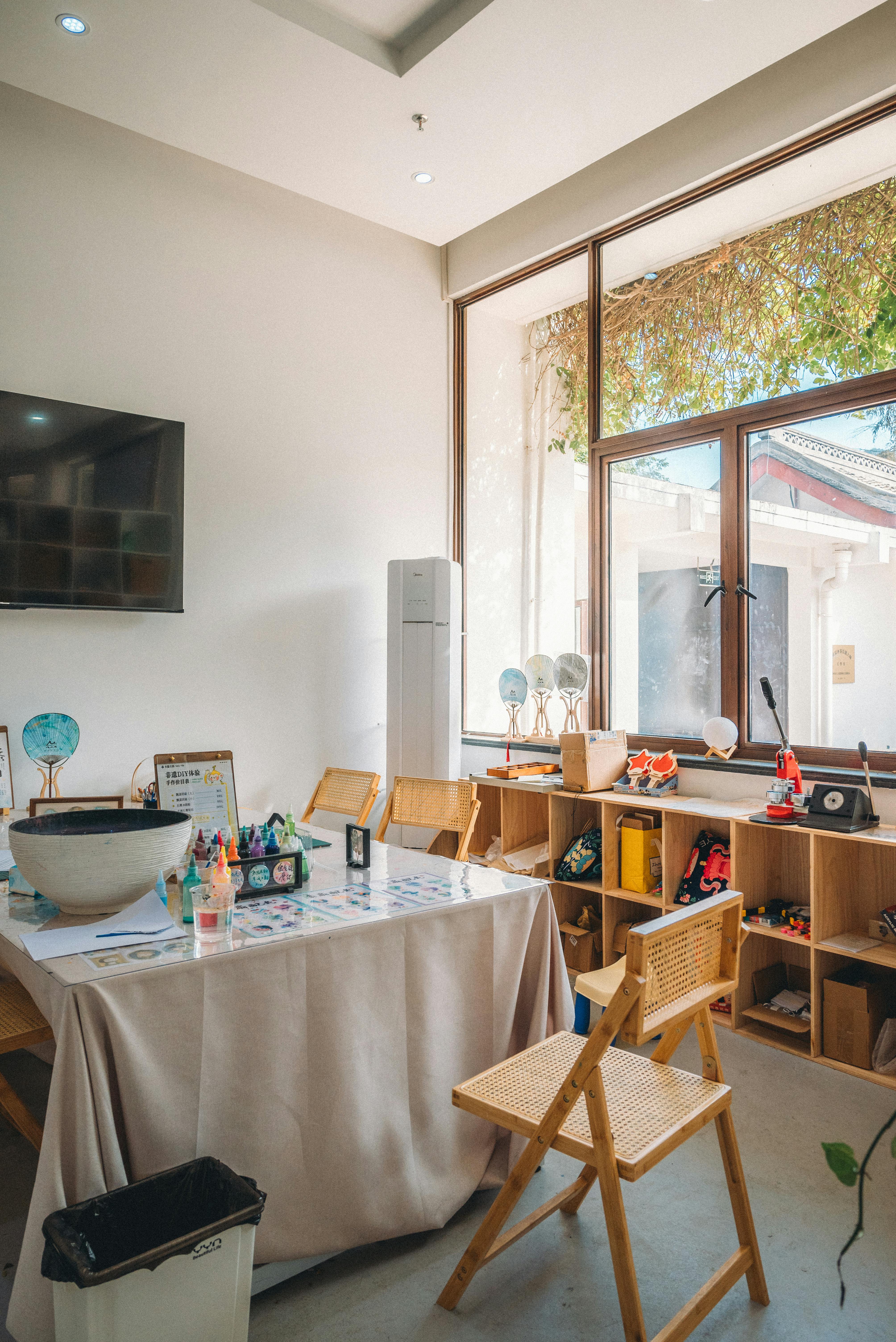
Essential Guide to Betta Fish Tank Setup for a Healthy 2025 Aquarium Environment

Betta fish are known for their stunning colors and unique personalities, making them popular pets among fish enthusiasts. A proper **betta fish tank setup** is crucial for ensuring their health and well-being. This guide covers everything you need to know, from tank size and water parameters to accessories that enhance their habitat. Let's dive into the essential steps for creating an ideal environment for your betta fish.
Choosing the Right Tank Size for Betta Fish
The **tank size for betta fish** significantly impacts their health and behavior. Typically, a minimum of 5 gallons is recommended to provide enough space for swimming and exploration. Smaller tanks can lead to high stress and limited movement, potentially affecting their lifespan. An appropriately sized tank allows for better water quality maintenance, which is crucial for *betta fish care*.
Best Betta Tank Size Recommendations
When considering the best size for a betta tank, a 10-gallon aquarium is ideal for most setups. It promotes stable water conditions and allows for a variety of fish tank decorations. A larger tank can also accommodate community setups if desired. Be mindful, however, that anything under 5 gallons can lead to rapid water quality issues, endangering your betta’s health.
Optimal Aquatic Environment for Betta Fish
The selected tank size significantly influences various factors, including water temperature and quality. **Water temperature for betta fish** should be maintained between 76°F to 82°F using a reliable fish tank heater. This range mimics their natural tropical habitat, promoting robust growth and vibrant colors.
Creating the Ideal Tank Setup
Beyond size, the configuration of the tank plays a crucial role. Incorporating live plants for betta tanks is highly beneficial. They provide hiding spots, enhance water quality, and create a visually appealing environment. Use a suitable substrate that’s smooth and gentle on their delicate fins to avoid injuries during movement.
Essential Equipment for Betta Fish Care
Setting up a betta tank involves the right equipment to guarantee a thriving aquatic environment. **Fish tank filtration** is a fundamental component that maintains water cleanliness and quality. Look for gentle filters that won’t create strong currents, which bettas dislike. In addition, monitoring equipment for ensuring water quality checks regularly helps maintain optimal **betta water parameters**.
Types of Filtration Systems for Bettas
Filter types play a significant role in your betta's living conditions. A sponge filter is ideal for bettas as it provides biological filtration while minimizing water flow and turbulence. Regular filter maintenance for betta tanks is vital, as clogged filters can lead to poor water quality and unhealthy fish. Moreover, an appropriate **aquarium heater** tailored for your cooling needs is beneficial in maintaining a stable water temperature.
Proper Lighting for Betta Aquariums
**Aquarium lighting for bettas** allows owners to enjoy the bright coloring of their fish while promoting plant growth. Choose LED lights with a timer for consistent illumination and avoid direct sunlight that can overheat the water. Minimal lighting for about 8-10 hours a day is suggested, ensuring a healthy day/night cycle for your fish.
Best Betta Tank Accessories
Creating a comfortable habitat involves enhancing the aesthetic with appealing **betta fish tank decorations**. Include caves, floating plants, or smooth stones where bettas can feel secure. Accessories should allow enough space for swimming while providing necessary cover and stimulation for their behavior and personality.
Maintaining a Healthy Betta Environment
**Betta fish tank maintenance** connects with their longevity and happiness. Regular checks and changes help manage waste and toxins in the aquarium. Regular water changes, at least 25% weekly, keep the environment healthy. Additionally, observe your fish, as any changes in behavior could indicate underlying stressors or health issues.
Water Changes and Maintenance Routines
Establishing a cleaning routine is essential. When undertaking **betta water changes**, use dechlorinated water at the same temperature as the tank to avoid shock. Regular cleaning cycles should involve not just changing water, but also cleaning tank walls and accessories to prevent algae buildup.
Identifying Common Betta Fish Diseases
Understanding signs is pivotal in combating illnesses in bettas. Look out for changes in behavior like lethargy, frayed fins, or changes in eating habits, serving as **betta fish indicators of distress**. Maintain good practices in water quality to prevent most diseases, but having a quarantine tank for new fish can help avoid outbreaks.
Creating a Diversified Betta Environment
If you’re considering introducing **betta fish tank mates**, remember to choose compatible species that don’t provoke their territorial behavior. Compatible fish for bettas are often peaceful species such as tetras or rasboras. Always introduce new fish gradually to decrease stress levels amongst all aquarime denizens.
Understanding Betta Fish Behavior and Needs
Betta fish have unique lifestyles, showcasing properties of both territorial and social behavior. Their **betta fish personality** is engaging, marked by interactions with owners and surroundings. Understanding these tendencies aids in creating a fulfilling existence for your betta.
Behavior Patterns of Betta Fish
Observing betta fish sheds light on their temperament. Betta fishes often show vibrant colors during mating displays or when feeling threatened. Providing sufficient space, decorations, and **betta retreats** makes them feel secure and minimizes aggressive behavior toward other fishes.
Tips for Successful Betta Breeding
For those interested in **breeding betta fish**, it’s crucial to prepare the tank adequately. Introduce a breeding pair into a separate seasoned tank with warm water and floating plants. Monitor their interactions closely, as bettas can be aggressive during this phase. Understand their breeding techniques and care for fry after hatching to foster a successful breeding environment.
Regular Monitoring and Care Practices
Ensuring betta fish happiness necessitates ongoing care and attention. Regular food schedules and proper **betta fish nutrition** contribute to their overall well-being. Engage with your betta regularly, fostering a bond that nurtures their comfort and contentment in the tank.
Key Takeaways
- Opt for a minimum tank size of 5 gallons for optimal betta health.
- Maintain water temperature between 76°F - 82°F for a thriving community.
- Engage in proper tank maintenance routines with routine water changes and checks.
- Provide suitable decorations and hiding spots in a safe habitat.
- Understanding betta personality aids in effective tank mate compatibility.
FAQ
1. What size tank is best for a betta fish?
The ideal **tank size for betta fish** is at least 5 gallons, but a 10-gallon tank provides excellent stability and room for decorations and plants.
2. How often should I clean my betta fish tank?
It is recommended to perform regular **betta fish tank maintenance** by changing 25% of the water weekly and cleaning decorations and equipment as necessary.
3. Can bettas live with other fish?
Yes, but it's important to choose **recommended tank mates** that are generally passive and won't provoke aggressive behavior from your betta.
4. What type of heater do bettas need?
A reliable **fish tank heater** that can maintain a consistent temperature range between 76°F and 82°F is essential for betta fish health, ensuring ease of maintenance.
5. How do I know if my betta fish is sick?
Beattaching your eye on changes in behavior, like lack of movement, refusal to eat, or fin deterioration can be early indicators of **common betta fish issues**, leading to necessary interventions.
6. What are the best plants for betta fish tanks?
Choosing **live plants for betta tanks** like anubias or java fern creates not only a better aesthetic look but contributes to enhanced filtration and hiding spots for bettas.
7. How can I make my betta tank less stressful?
To minimize stress in your betta, ensure ample swimming space, provide retreat areas, and avoid sudden changes in temperature or tank mates.